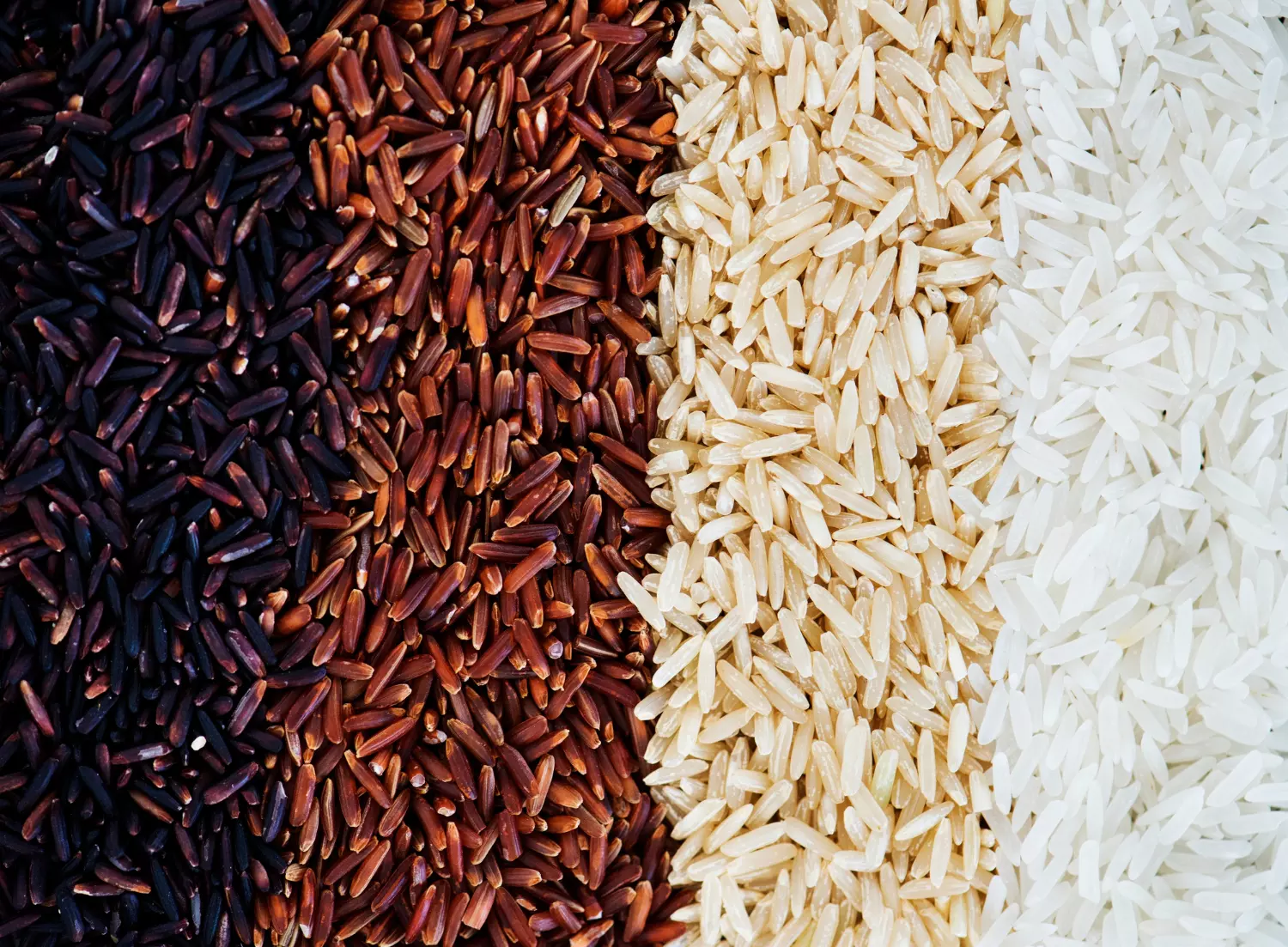
Rice and wheat consumed in India may have low nutrition
In the past 50 years, the concentration of arsenic, a toxic element, in rice has gone up by a staggering 1,493 per cent, says a report

The rice and wheat Indians are consuming may actually be of low nutritional value.
For the past 50 years, India has been introducing high-yielding rice and wheat varieties at breakneck speed to achieve food security.
This comes from a latest report by ‘Down to Earth’ magazine, citing a recent study led by scientists from the Indian Council of Agricultural Research (ICAR).
The study says the breeding programmes focused on developing high-yielding varieties have altered the nutrient profiles of rice and wheat so much so that their dietary and nutritional value has gone down, says the magazine.
Health impact
The study assesses the health impact of this “historical shift” in nutrient profiles of rice and wheat, and warns that the impoverished staple grains could worsen the growing burden of non-communicable diseases.
When the Green Revolution began in India, the aim was to feed the rapidly growing population and to become self-sufficient in food output. Hence, the main motive of farm scientists was to improve yield.
Speaking at a webinar organised by ‘Down to Earth’, Dr Biswapati Mandal said: “After the 1980s, the focus of breeders shifted to developing varieties that were resistant to pests and diseases and tolerant to stresses such as salinity, moisture and drought."
Soil issues
“They did not have the luxury of thinking whether the plants were taking in nutrients from the soil or not. Hence, over a period of time, what we are seeing is that plants have lost their capacity to take up nutrients from the soil.”
The 2023 study is an extension of another study that scientists from ICAR and the Bidhan Chandra Krishi Viswavidyalaya conducted in 2021. It explored the reasons for zinc and iron deficiency in populations dependent on a cereal diet.
High-yielding cultivars of rice and wheat, when tested, revealed a downward trend in grain density of zinc and iron.
Says soil scientist Sovan Debnath, one of the scientists behind the 2021 study: “Our experiments showed that modern-bred cultivars of rice and wheat are less efficient in sequestering nutrients like zinc and iron, despite their availability in soil.”
Arsenic threat
The report says that in the past 50 years, the concentration of essential nutrients like zinc and iron has decreased by 33 per cent and 27 per cent in rice and by 30 per cent and 19 per cent in wheat, respectively.
Worse, the concentration of arsenic, a toxic element, in rice has gone up by a staggering 1,493 per cent.
“In other words, our staple foodgrains are not only less nutritious but also harmful to health. Amid continuous genetic tampering under the modern breeding programme, the plants have also lost their natural evolutionary defence mechanisms against toxins,” says the report.

